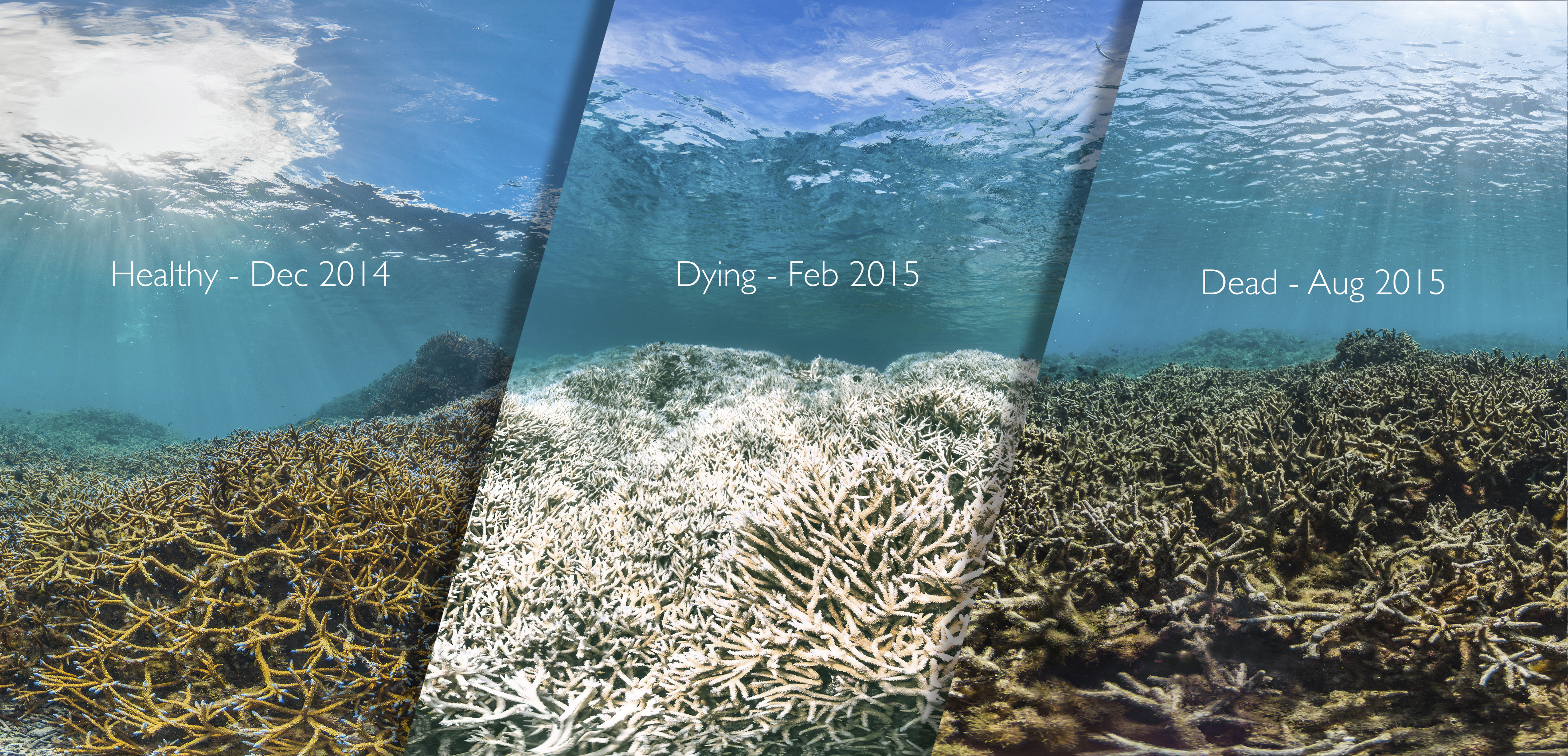CoralPlanet
HOME
Basic Knowledge
Coral is made of little tiny polyps. Each polyp is only a few millimeters in diameter and a few centimeters in length. Super small. Each polyp is an animal, which means that coral is actually lots of animals stacked on top of the exoskeletons of the deceased polyps. Most corals have a kind of plankton called zooxanthellae, which produces more energy for the coral, under the top layer of tissue. Zooxanthellae are mainly responsible for the colors we see in coral, and they make almost 90% of the coral's energy.
CoralPlanet Overview
Over the past 60 years, the world's coral reefs have been dying. When the water temperature rises just a little bit, its colors will fade (meaning the coral gets rid of the zooxanthellae) which causes it to turn white. But just because a coral is bleached doesn't mean it is dead. If the water temperature returns to normal after only a few days or a week or two, the coral will let the zooxanthellae come back in. If the water doesn't, corals can survive bleaching, but most starve and die without the plankton giving them food. The coral can't function in the lives of fish and other marine animals, so they move out and most die without the reef. The once beautiful coral reef is now left in the ocean. Really sad. And this process doesn't take long to happen. Over just a few months, a perfectly healthy, beautiful, functional piece of coral can become a bleached shipwreck hazard. Nobody can enjoy it anymore, and we don't want that!

We at CoralPlanet aim to raise awareness of coral depletion. These animals are a crucial part of ocean ecosystems, plus they're just freaking awesome. Coral is not just there for us to admire and do as we like with. It is a home for more than 25% of marine animals, even though they take up less than 1% of the ocean floor. If we keep killing them, our children and their children, and their children's children, and their children and all the children after that will never get to see them. Already, this generation, by the time they are grown or have the chance to dive and see some of the marvels of the sea, most corals will be gone, and it will be almost impossible to reserect. Luckily, you don't have to dive into the ocean to see coral reefs. There are plenty of great documentaries on them, and you can explore them online at www.google.com/streetview/#oceans/ (this is not a sponsored website, we just think it's really cool).
The Threats
Let us just straighten one thing out. We suck at taking care of the environment. Our actions have caused an animal-destroying, natural disaster-causing, slow-moving-but-still-absolutely-horrible phenomenon also known as global warming/climate change/climate chaos to occur. The name 'global warming' is realitively accurate, but there is so much more to this than the world just getting warmer. Droughts in places with, normally, more than enough water. Hurricanes and tornadoes and earthquakes popping up without warning. Places in droughts are flooded. So scientists changed the name to 'climate change' to be more accurate. But even so, it minimized the amount of awareness created by the name. This is not some organized, simple change in the earth's climate, it is chaos. So that is what it became. Climate Chaos. Really scary name, huh? Well that's exactly what it is, and reefs all around the world are suffering from it. And that's not even the worst. Overfishing, pollution, and overcollection of coral are also huge threats to the coral population. We are not trying to, but we are killing the coral. At least 50% of the Great Barrier Reef, the biggest reef off of Australia, is dead or dying, and that percentage continues to rise. Scientists estimate that 90% of coral will be dead by 2030, and 98% by 2050. That's not very far away. We need to do something.